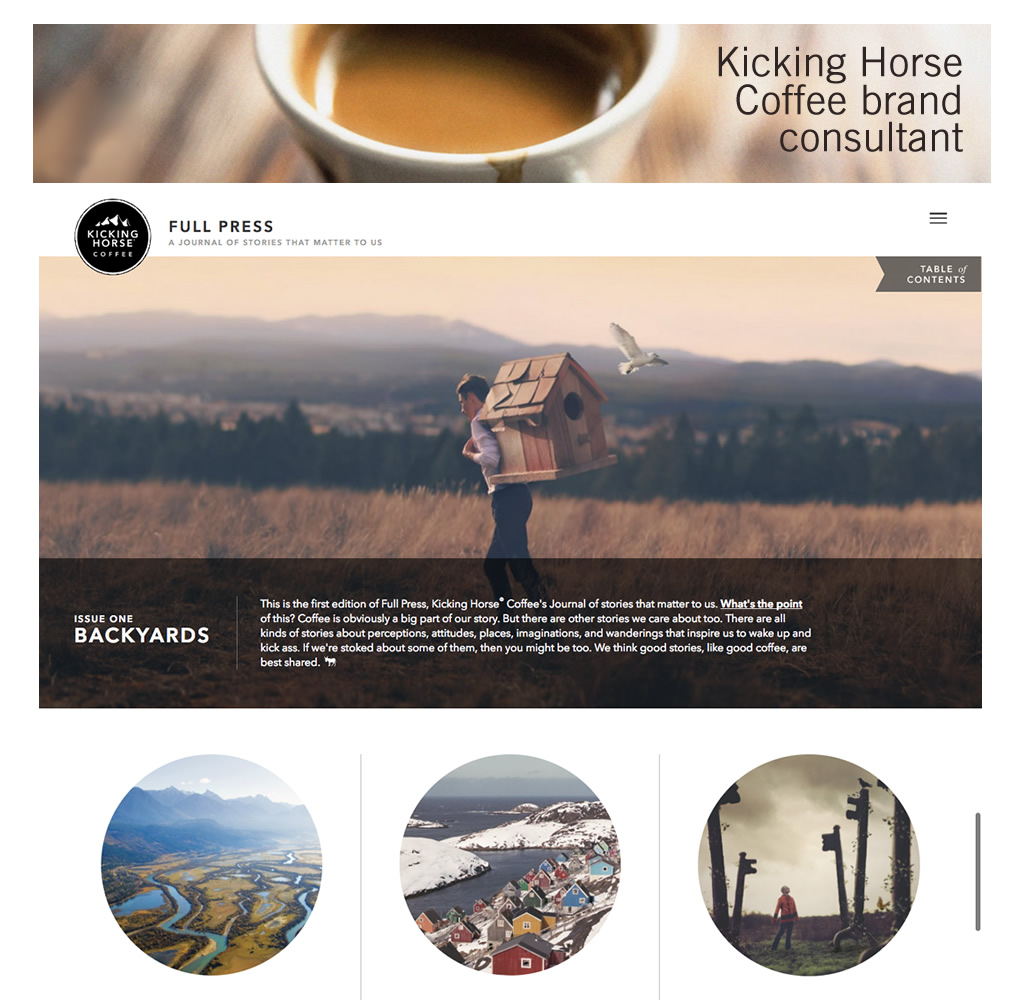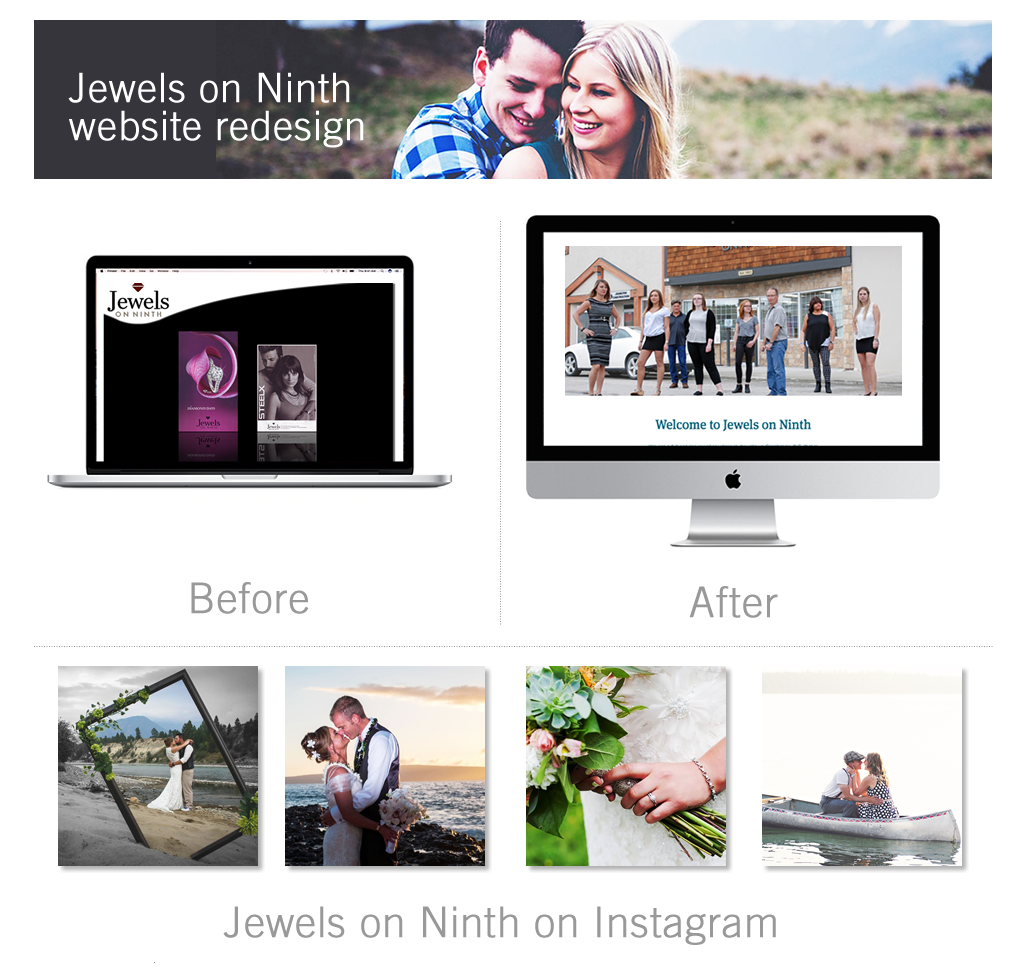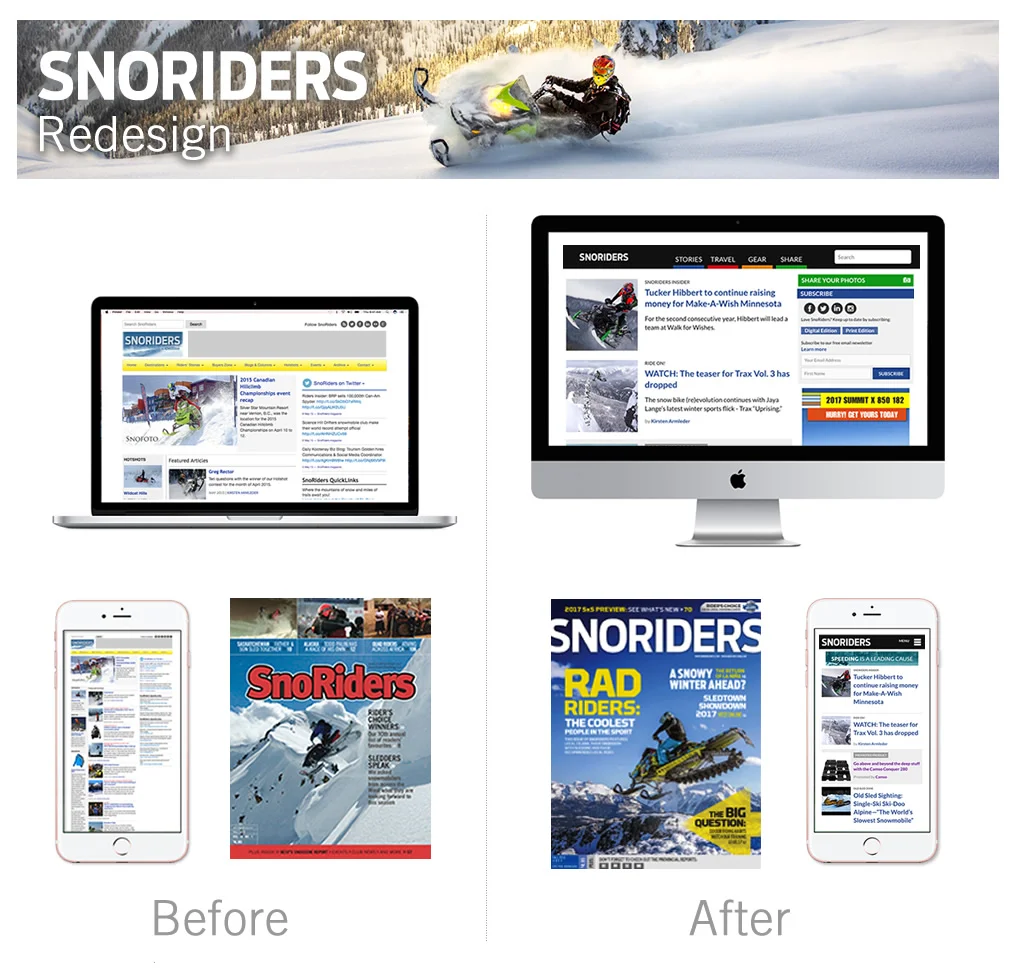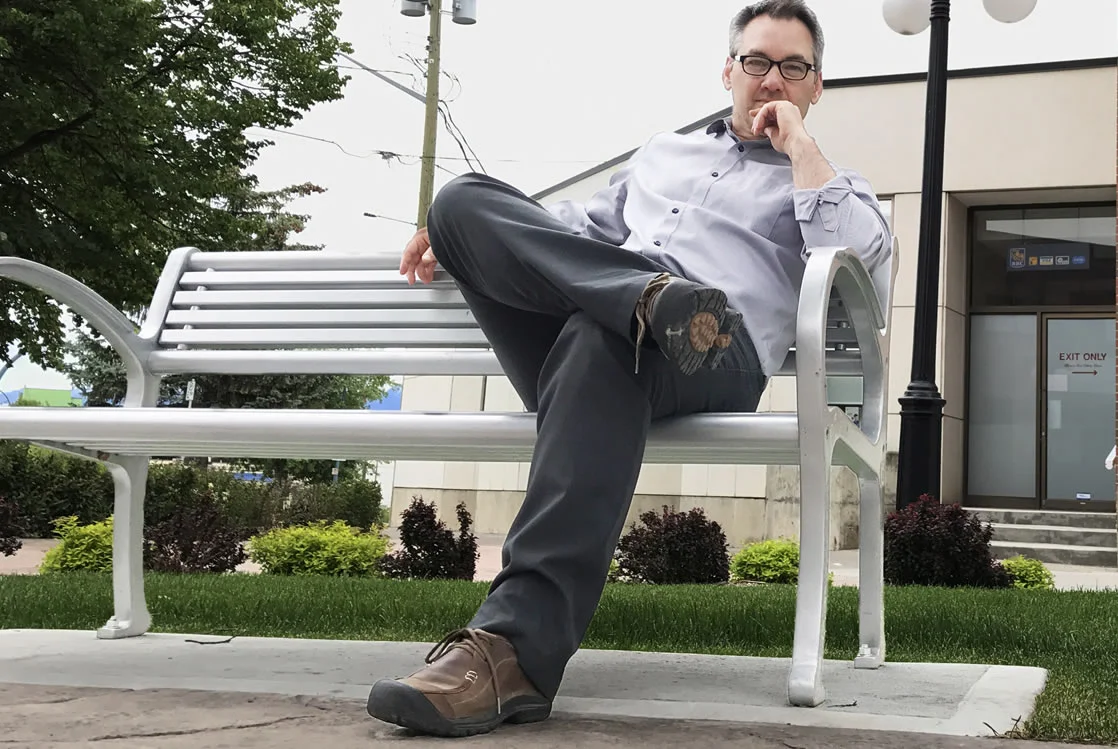How your business can increase sales by working with a designer and branding geek to tell your story
This is an exciting time for small business because everyone is now a publisher and marketer.
For example, do you own a website? Then you are a publisher. Do you engage on social media? Then you are a marketer.
But it can also be a confusing time. One thing I often hear from business owners is they are overwhelmed by trying to keep up with new marketing trends and technology.
Who is Kerry Shellborn, the Branding Geek?
I have worked for the last 20 years as both the creative director and assigning editor for a medium sized media company in Cranbrook, BC, which is nestled in the Rocky Mountains. I am infinitely curious and love telling stories. I began my career as a designer and built effective advertising campaigns for businesses of all sizes. I have studied advertising, media and marketing all my life—some may even say obsessively so. I started a personal blog called the Branding Geek where I provide design and branding tips for small business.
Telling your brand story is the best way to grow your business.
I love telling stories. In the digital world there is a real opportunity for brands to control the narrative and tell their own stories—or better yet, their customer's stories—using a variety of digital platforms.
Although the ways to reach customers have become almost endless, what hasn’t changed is how to communicate.
Here’s a simple yet timeless formula:
- The right message (your story) delivered to the right audience (your customers) at the right time will bring results (leads, sales, customers, fans).
Here are three specific examples of how I helped businesses tell their brand story:
Case study 1: How Kicking Horse Coffee went from a roaster in a garage to Canada’s largest whole bean distributor valued at $121 million.
The challenge: Two young entrepreneurs built Kicking Horse Coffee from a small roasting business run from their garage into the largest producer of whole bean coffee in Canada. Because of this meteoric rise, by 2016 they decided to change distribution from small coffee shops to grocery chains. The challenge for Kicking Horse Coffee was to grow without alienating the small coffee shops, coffee connoisseurs and customers who supported them along the way.
The solution: In the spring of 2016 Kicking Horse’s agency Story&Co. rolled out a completely redesigned website. Along with a new website, they developed an online magazine called Full Press that shared stories about Canada’s coffee culture.
The result: Less than one year after the successful website redesign and shift in distribution, Kicking Horse Coffee sold a controlling interest to Italy’s Lavazza in a deal that values the company at $215 million. (As reported on by CBC, BNN and other media sources.) Elena Rosenfeld, who started the company and still owns 20%, credits much of her success to the marketing and design that was done by Story&Co. Rosenfeld was quite honest when she said “Lavazza wasn’t interested in Kicking Horse Coffee for our ability to roast coffee beans!”
Skills: I was consulted by Story&Co to work along with their design team for three months to help develop a social media content calendar for the roll out of Full Press and the new Kicking Horse Coffee website. I sat in on weekly update meetings and worked in a team environment to storyboard the roll out and social media calendar. I provided insights on how content marketing could be optimized to provide value to current customers and drive sales.
Case study 2: How a successful jewellery store was able to completely reverse flatlining sales with a redesigned website and content-first strategy.
The challenge: For more than 25 years Jewels on Ninth has been a successful independent jewellry store in Cranbrook, BC, with a loyal—albeit aging—clientele. Heather and Brian Masich, the owners of Jewels on Ninth, approached me a little over a year ago with a marketing challenge. They could see their traditional advertising on the radio and in community newspapers was no longer reaching young people. They could also see their sales flatlining, and both told me they were seriously considering closing down their lucrative business.
The solution: After a branding consultation with Brian and Heather, I suggested targeting a younger audience on their mobile devices through both search engine traffic and social media. We developed a content calendar, which focused on one aspect of their business each month. We then redesigned their website from scratch and built landing pages that quickly moved to the top of Google search results pages while providing a strong call to action. We then wrote content around those topics, posted blogs and shared the content on social media channels. I developed a series of templates that provide ready-made social media images to tie in with every new blog post and promotion.
One especially effective strategy was to tell the real-life engagement stories of Jewels on Ninth customers on the store’s website, then promote the posts on Facebook, Instagram and Pinterest. Web traffic spiked, as the engaged couples were thrilled to be recognized and they happily shared the stories with their social media followers. This not only brought a flood of goodwill, but also introduced the Jewels on Ninth brand to a whole new audience.
The result: After six months the newly designed website went from not showing up on Google search to dominating every local jewelry related search term. (Try doing a search for “Engagement rings in Cranbrook BC” and see how Jewels on Ninth dominates the top organic search result listings) Every month since implementing the content-first strategy has seen year-over-year sales growth. I often have to remove engagement rings from the Jewels on Ninth shop page when customers buy the last available ring of a certain design. Most importantly, after only one year working with a brand designer Heather and Brian are no longer considering selling their store.
Skills: This was a side project where I worked directly with the two owners to develop their entire marketing plan. This involved storyboarding and coordinating a brand photoshoot, developing the site structure and designing their website from the ground up, editing all the images, writing all the title tags and headlines for each of their web pages. I sourced and edited all images on the website, which included reaching out to local photographers. I commissioned a copywriter to flush out the main copy and write the blog posts. I did all the Search Engine Optimization (SEO) and developed the main landing pages so that Jewels on Ninth now shows up in the Google three-pack (map) and has the top organic Google search listing for all of their main services.
Case study 3: How a large B2C travel website tripled its Google search traffic with a mobile-friendly design.
The challenge: Redesign SnoRiderswest.com—a 10,000 page media destination website for snowmobilers—to capture more mobile Google search traffic. In the fall of 2015 more than 50% of web traffic was on mobile devices, but SnoRidersWest wasn’t optimized for small screens. As a result, Google search traffic was in decline.
The solution: I led a team of website designers, developers and writers, and together we built a responsive website that was easy to navigate on smartphones, tablets and desktops alike. The design team also set up new website architecture so that the entire website was user-friendly and optimized for search engines. We then created a content calendar to promote the website with an email newsletter as well as Facebook, Twitter and Instagram pages.
The result: The redesigned website was unveiled in the spring of 2016, and within three months search engine traffic had picked up to where it was previously. Every month since then has experienced year-over-year growth in traffic. More importantly, engagement metrics have vastly improved as readers visit more pages and spend more time on each page they visit.
Skills: I have learned a lot beyond design though working on a large content site like SnoRiderswest.com. I have learned how to study Google analytics data to understand what content readers are the most interested in and to move them within the website to the most important pages. I’ve also learned how to lead a large team of creative people with different personalities to achieve a common goal.
I’m ready to roll up my sleeves and put creative energy into telling brand stories for your business—Kerry Shellborn
What goals would your business like to achieve?
- What key metrics is your website is tracking on a weekly and/or monthly basis?
- Does your business currently have a content calendar for the four main ways of communicating with your customers—paid, earned, shared and owned? Does each channel have an underlying strategy of driving customers to specific landing pages (and physical stores) with a strong call to action?
- Do you know what your website domain authority is and how it compares to your closest three competitors?
- Does your website show up in Google searches for your most important key phrases?
- Do you have a way of gathering and sharing delightful customer success stories on your email newsletter and social media channels?
I would be interested in learning more about your marketing challenges and how we could work together to achieve your goals. A designer’s most important skill is listening with empathy. Only after understanding the client’s goals and objectives can a designer make intelligent recommendations. That’s what you should expect from whomever you bring on board to help your business.
Feel free to contact me to set up a time for an interview at your convenience,
References for the case studies by request.
Kerry Shellborn, the Branding Geek
E: kerry@brandinggeek.ca
C: 250-420-7401






